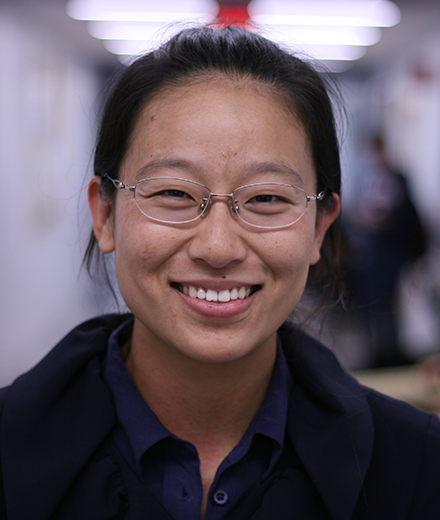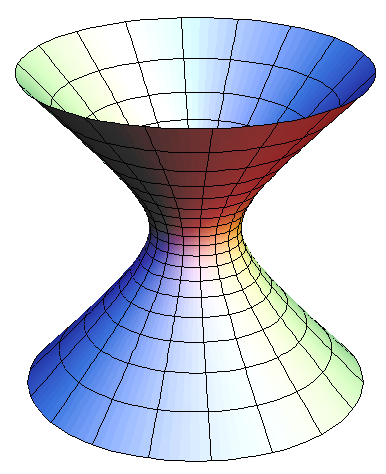Bang the Drum - Geometric Analysis in Higher Dimensions
Can you tell the shape of a drum from the sound it makes?

Dr. Lihan Wang, assistant professor of mathematics at CSULB, attempts to answer questions like these in her research in geometric analysis involving differential equations and geometry.
The sound that the drum makes comes from the vibration of the drumhead. We can express this vibration using mathematical language, like differential equations. The shape of the drumhead is the geometric element. Is it round? Triangle shaped? How large is the drumhead?
These questions are all well explored in 2D, but Wang is trying to answer these questions in higher dimension, non-flat, or unbounded cases. For example: What happens if the drumhead is a curved surface or has a very long cone or horn?

Wang's research is a central topic in how we understand and interact with the universe and the world around us. Many objects in the universe have complicated shapes and geometric analysis makes a large contribution to understanding them. The application of geometric analysis is wide reaching – from the GPS systems we use to black holes in the universe. In fact, one of Wang's research projects has physics motivations from applications in String Theory.
Wang's research goals bolster CSULB's Mathematics and Statistics Department in geometry and analysis for undergraduate and graduate students alike. Both geometry and analysis are fundamental skills in math, as well as many other majors, and Wang's research projects are exciting applications of those skills. Students benefit from courses and research experiences in geometry and analysis because they are essential for applications to graduate programs and the research topics are engaging and fascinating.
Read more of Dr. Wang's work.





